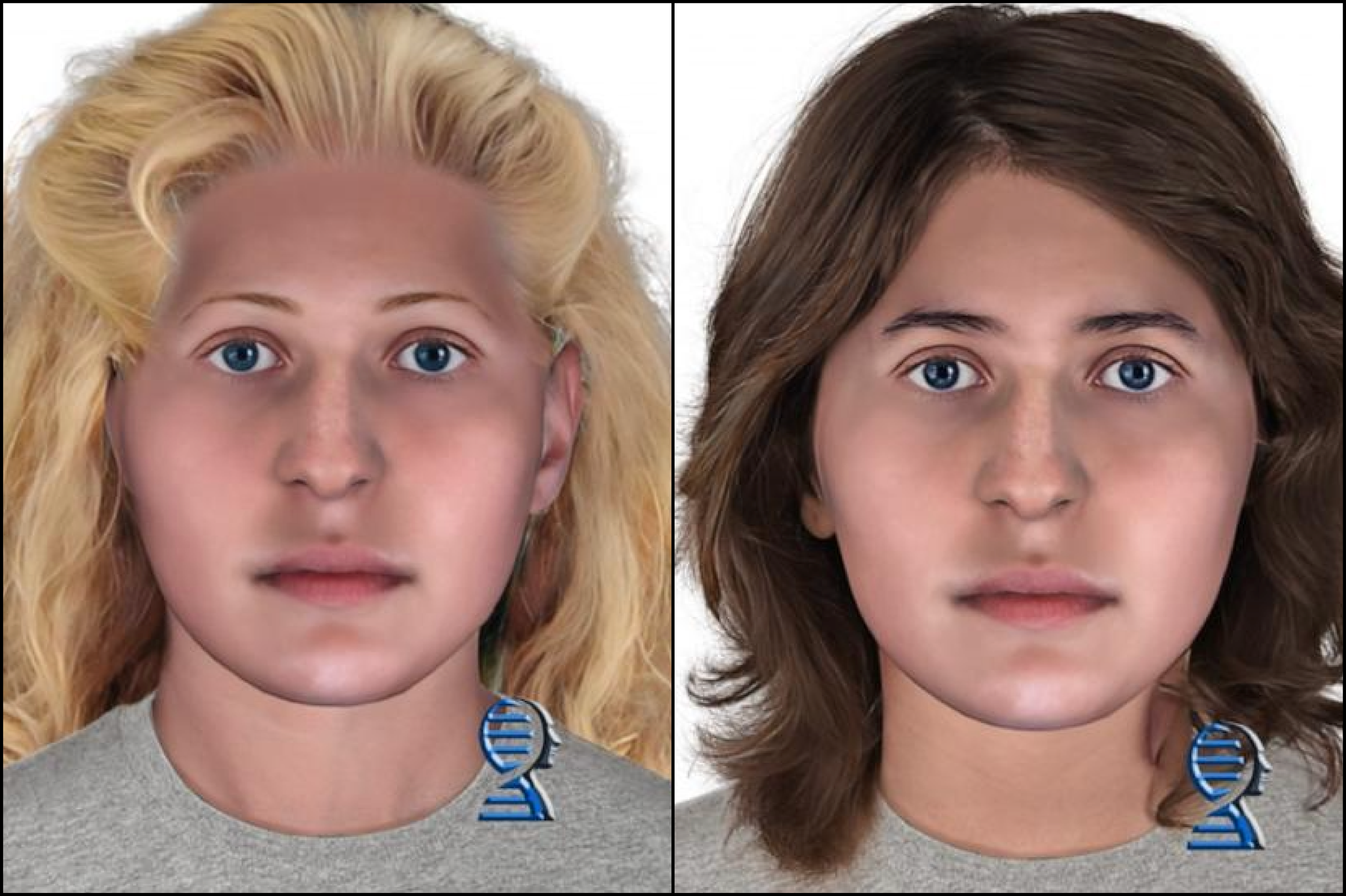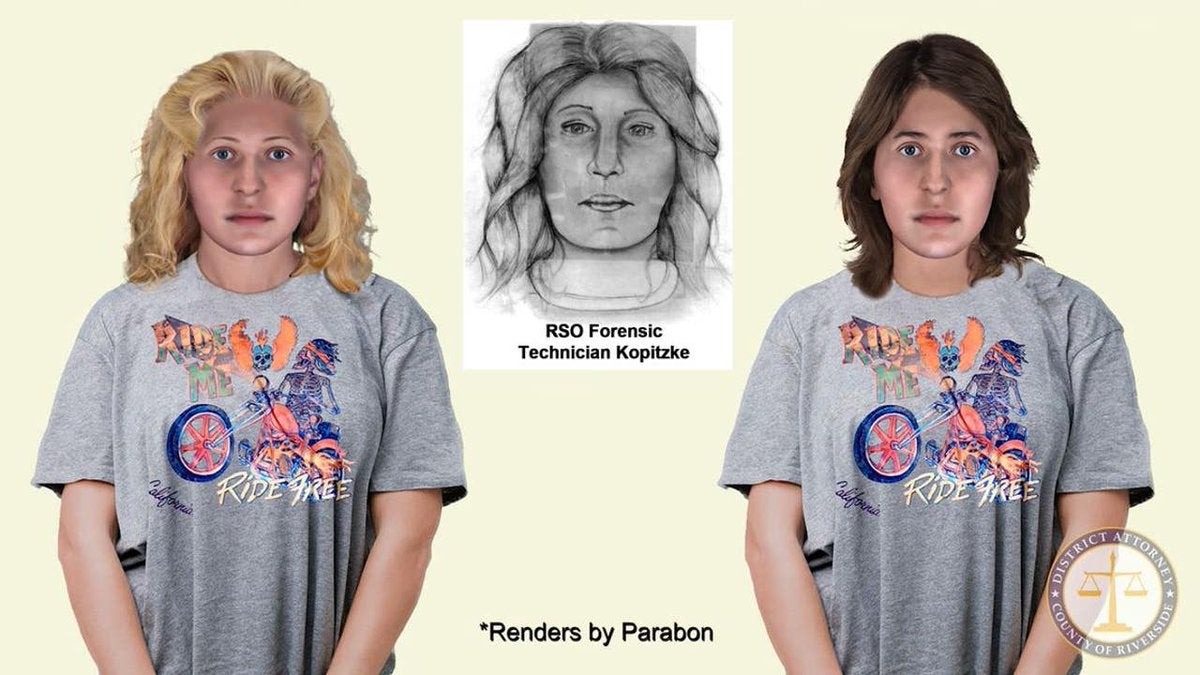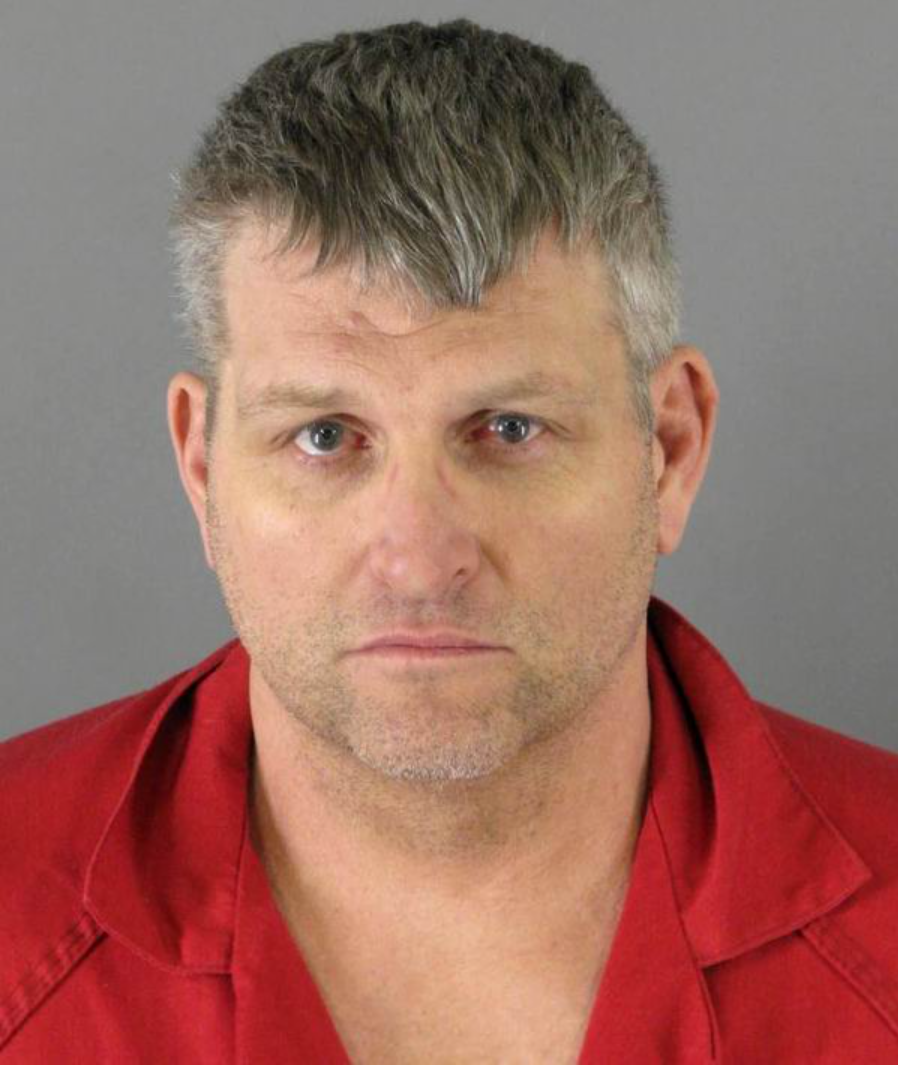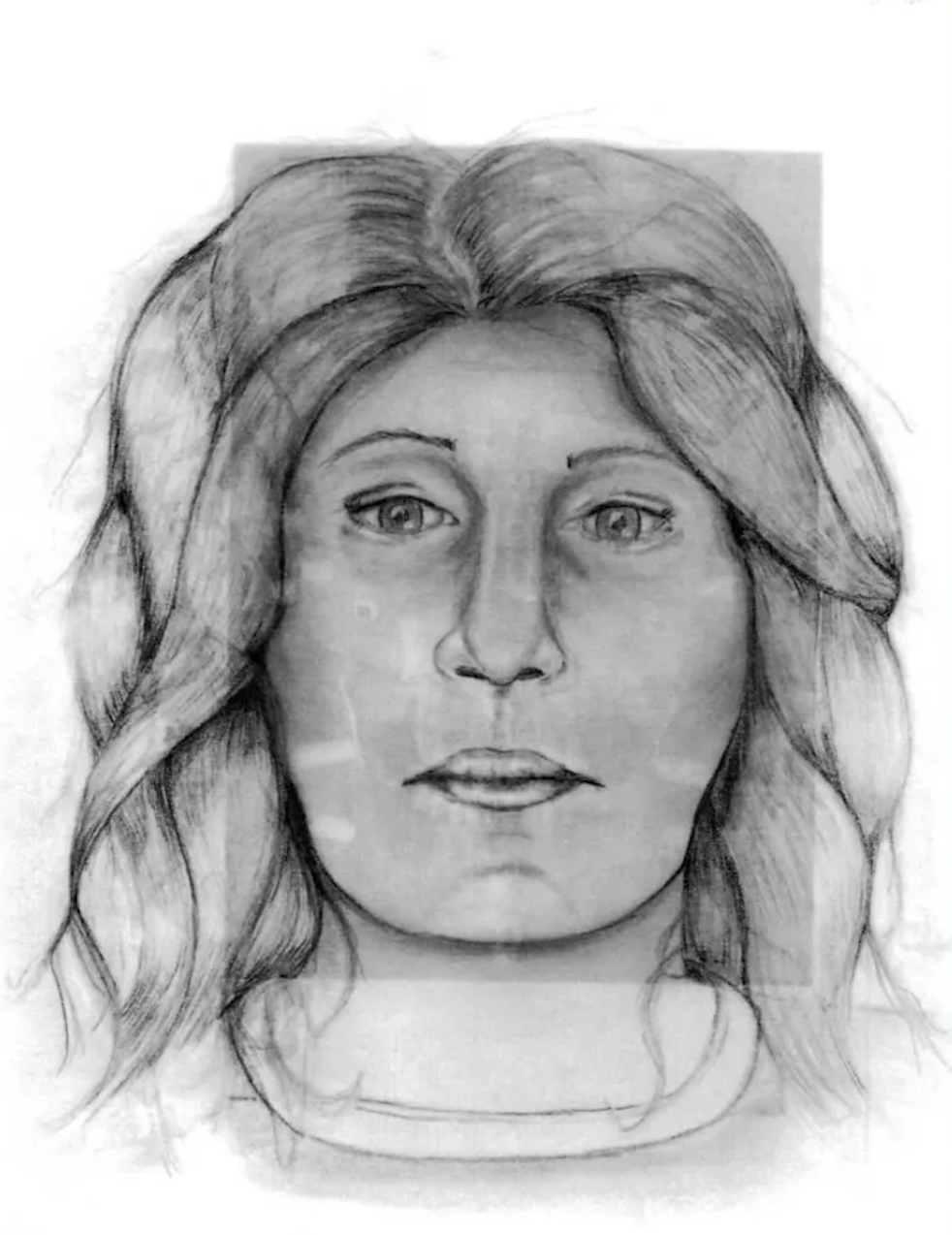Cold case investigators seek help identifying final victim of the ‘Happy Face Killer’
Keith Jesperson, 68, is serving four life sentences at the Oregon State Penitentiary for killings that spanned several states, writes Andrea Cavallier

She’s the last unidentified victim of the notorious “Happy Face Killer” — but now with the help of advances in DNA technology, investigators say they’re the closest they’ve ever been to finally giving back her name.
The woman, only referred to as “Claudia” by her killer Keith Jesperson, was found dead along a California highway 31 years ago. She was one of eight victims Jesperson admitted to killing during his murderous rampage in the 1990s, but has never been positively identified.
Jesperson, now 68, is serving four life sentences at the Oregon State Penitentiary for his killings that spanned Nebraska, Wyoming, Oregon, Washington and Florida. His nickname comes from the smiley faces he drew on the many taunting letters he sent to the media and to the police over the years.
For decades, some of Jesperson’s victims have remained unidentified. But advances in forensic genetic genealogy have helped investigators by using DNA to link them to living relatives.
Now, authorities in California are hoping to do the same for “Claudia,” who was found dead on 30 August 1992, along Highway 95 near Blythe. Jesperson, who was a long haul trucker, admitted to killing her when they got into a fight after he picked her up at a truck stop.
On Monday, the anniversary of Jesperson’s 8 January 2010 conviction, the Riverside County Regional Cold Case Homicide Team, led by investigators from the Riverside County District Attorney’s Office, released new information and renderings as they seek help to identify her.

“Our goal is to identify this victim and provide closure to her family, wherever they may be,” District Attorney Mike Hestrin said in a statement on Monday.
“We are hopeful someone hearing any of these details may remember anything that could help us reunite this woman with the family who may have been looking for her for over three decades.”
Killer recalls meeting ‘Claudia’ at truck stop
In late 2023, Riverside County Regional Cold Case Homicide investigators interviewed Jesperson about “Claudia” at the Oregon State Penitentiary, where he is housed.
Jesperson said he met her at a brake check area on the I-15 south of the Victorville area around August of 1992 while he was working as a long-haul truck driver.
The woman asked to be taken to the Los Angeles area, but he refused, and due to his planned truck route to Arizona, took her to Cabazon, California instead.
After stopping in Cabazon, the woman decided to continue travelling with Jesperson until they arrived at the Indio/Coachella Burns Brothers rest stop.
The two argued about money and Jesperson claims he killed the woman in his truck, then drove his purple semi-trailer from Coachella, California to Blythe, where he dumped her body.

Jesperson described the woman to investigators as being about 20 to 30 years of age with shaggy, wild blonde hair and of medium build, weighing around 140-150 pounds.
He said that she had ties to Las Vegas and southern Nevada, and appeared familiar with Los Angeles and surrounding areas.
Her body was found on 30 August 1992 along Highway 95, approximately seven miles north of Blythe. She was wearing a t-shirt printed with a motorcycle and had a tattoo of two small dots on the left side of her right thumb.
DNA technology confirms victim’s father was from Texas
A number of sketches have been made of the woman using a combination of DNA technology, her remains, and a description by Jesperson himself, according to investigators.
It is believed she was living, or at least familiar with the Los Angeles, San Bernardino, and Riverside County areas, and had ties to Las Vegas and southern Nevada. She is believed to have been a cigarette smoker and a frequent hitchhiker.
There have been significant improvements in forensic science that have allowed investigators and genealogists to determine some familial relatives, including her biological father, who is no longer alive.

Her father was from Cameron County, Texas, but travelled all over the country, including Texas; Santa Barbara County, California; Washington state and Oregon.
Several half-siblings were identified, but these living relatives are not biological matches to the victim’s mother, and so these individuals were not aware of “Claudia”, and cannot assist with her identification, according to investigators.
There is reason to believe the woman’s maternal side of the family has ties to the Louisiana and/or southeast Texas area.
“Thanks to advances in DNA technology, we are now the closest we have even been to learning who this woman was, and reuniting her with her family,” DA Hestrin said.
The Riverside County DA’s Office is calling on the community to contact investigators with any additional leads that could answer long-asked questions from her family. Tips can be given to the Cold Case Hotline at (951) 955-5567, or by emailing coldcaseunit@rivcoda.org.
Two of killer’s victims identified in recent years
In 2023, Suzanne Kjellenberg was identified as the 34-year-old who Jesperson killed in August of 1994, dumping her body near an exit on Interstate 10 in Florida.
He admitted to the murder in 1996 and told investigators with the Okaloosa County Sheriff’s Office that he believed the woman’s name was Susan or Suzette and that they met when he was a long haul trucker.
They travelled to a rest area in the Florida Panhandle where he parked next to a security guard while she slept in his bed. She then “began screaming and wouldn’t stop,” according to the sheriff’s office, and since Jesperson said he was not allowed to "have unauthorised riders" in his truck, he said he “stopped her from breathing by pushing his fist against her neck.”
He then “placed zip ties around her throat.”
A prison crew found the woman’s body on 14 September 1994 but at the time, they could only determine that the body was that of a white female who was likely between the ages of 35 and 55.
A facial reconstruction was done in 2007, additional anthropological examination in 2008 and isotope analysis from the remains at the University of Florida in 2018, but no further leads were generated.
Then in 2022, the medical examiner’s office began working with Othram, a private company that “uses genetic genealogy to aid in identification,” Chrissy Neiten, a chief investigator with the office, said in the news release.

In 2022, Patricia Skiple of Colton, Oregon, who was known only as “Blue Pacheco” because of the colour of her clothing, was finally identified with the help of DNA technology.
Jesperson confessed to the murder in 2006, admitting in a letter to the county district attorney’s office that he had sexually assaulted and killed a woman in the area. Her identity, though, remained a mystery.
Authorities who reopened the case in 2019 said the DNA Doe Project, a non-profit organisation that has helped to identify remains using forensic genealogy, was instrumental in solving the mystery.
Skiple, who was known as Patsy and would have been around 45 years old when she was killed, was found by a trucker on 3 June 1993 on the side of State Route 152 in the San Francisco Bay Area.
The cause of her death was listed as undetermined at the time, but according to the DNA Doe Project her death was later found to be from strangulation.
